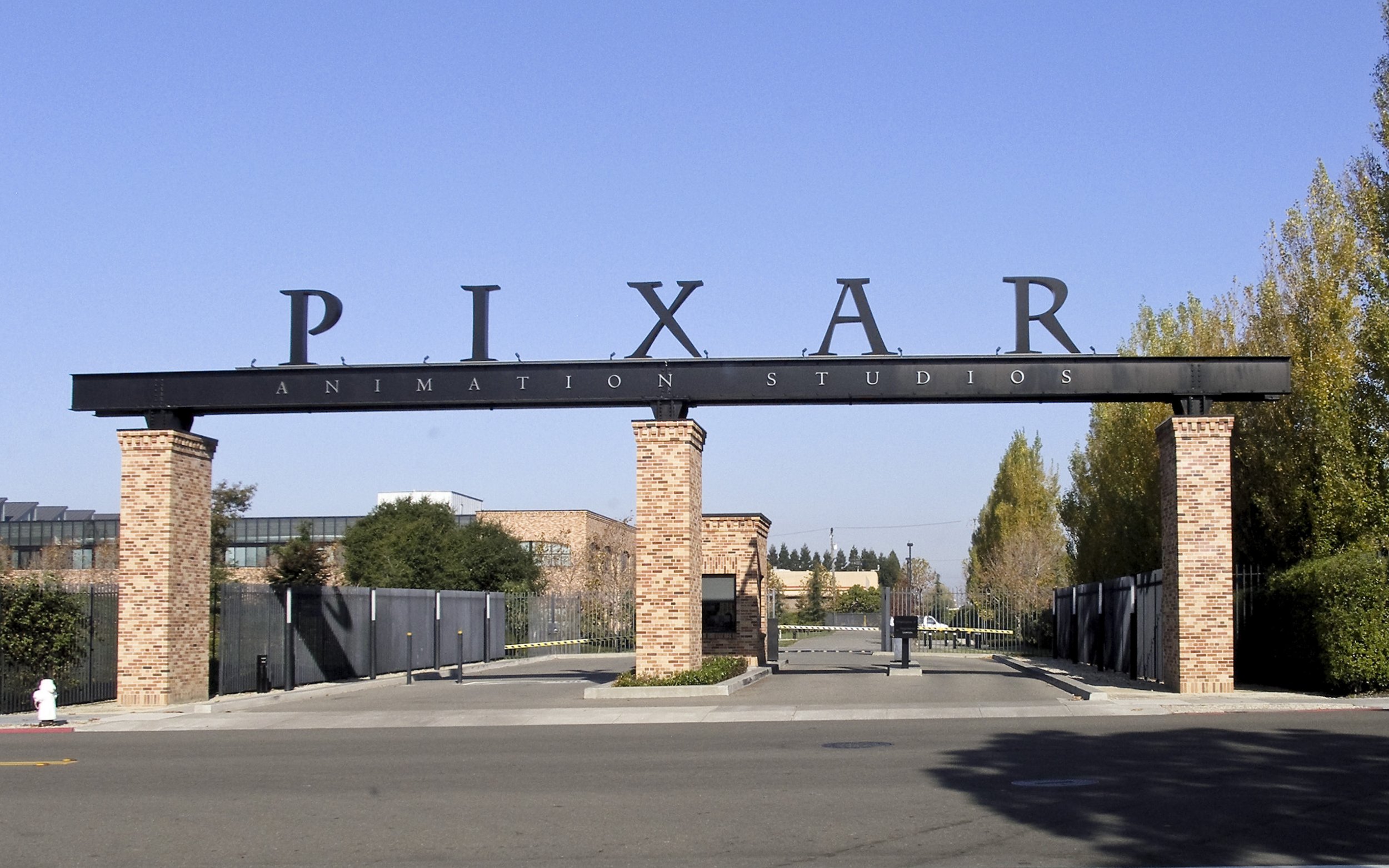In an era of escalating conflicts, understanding how to manage disagreements is crucial for personal and community well-being. This blog post explores the essential steps of regulating emotions, relating to others, and reasoning effectively to foster safe, connected, and productive environments. Learn practical strategies to transform conflict into constructive communication and collaboration.
Mastering First Steps in Community Change and Transformation
Creating a Clear and Compelling Vision for Change: Part 2
Creating a Clear and Compelling Vision for Change: Part 1
The Vision needs to be so clear that everyone gets it. No management mumbo-jumbo, no statistics that are meaningless to most people; no negative visioning. The vision needs to capture our imagination so clearly in our mind's eye that we know exactly what it will look like when we get there. A compelling vision transcends mere strategic objectives; it paints a holistic picture of the organization's identity, values, and aspirations. It resonates with employees on a deeply personal level, evoking a shared sense of belonging and commitment to a common cause.
Change Champions, Bystanders and The Toxic Few
We explore the dynamics of change within communities, framing stakeholders into three distinct roles: Change Champions, the Toxic Few (Resistors), and Bystanders. We use the Change Bell Curve to emphasize the importance of focusing energy on engaging Change Champions and winning over Bystanders, while not wasting efforts on the entrenched resistance of the Toxic Few. By understanding these dynamics and leveraging effective communication strategies, communities and organizations can navigate change more successfully and foster a culture of growth and adaptation.
Dissatisfaction with Status Quo and the Case for Change: Part 2
As we continue to journey through the Change Formula, we need to be able to craft a compelling Case for Change within the Change Formula, focusing on dissatisfaction (D). Through communication, leadership support, and a culture of improvement, we address why change is necessary and its implications. Articulating the Case effectively across platforms to build support and counter resistance is crucial.
Dissatisfaction with Status Quo and the Case for Change: Part 1
The Change Formula, a tool introduced recently, emphasizes the necessity of Dissatisfaction (D) with the status quo for meaningful change to occur. Dissatisfaction stems from various sources within communities or organizations, such as performance gaps, external pressures, cultural misalignment, and leadership issues. Addressing dissatisfaction is crucial as it can lead to resistance, decreased morale, missed opportunities, and hindrance to organizational growth. Real-life examples illustrate the importance of recognizing dissatisfaction and driving change, whether it's transitioning to a team-based organization, expanding regionally for impact, or adapting to evolving EMS models.
How Do We Drive Change in our Communities
Have you ever found yourself wanting to implement some kind of change either in your community or at your place of business and realized you didn’t have the support to make it happen? Over the course of the next 3-4 weeks, we will explore each element of the Change Formula creating a pragmatic, directly applicable model you and your team can now start to follow when implementing change.
Navigating Change: The Different Styles of People and How They Deal with Change
Creating Helpfulness In Community by LEADing
When we are called to provide hope, humanity, humility and helpfulness through LEADing. We must first Look around and pay attention finding moments and opportunities to empathize. Empathize by perspective taking, being non judgemental, recognizing emotion, communicating and practicing mindfulness. Acknowledge the truth of the current situation. Decide what actions need to be taken (if any).















